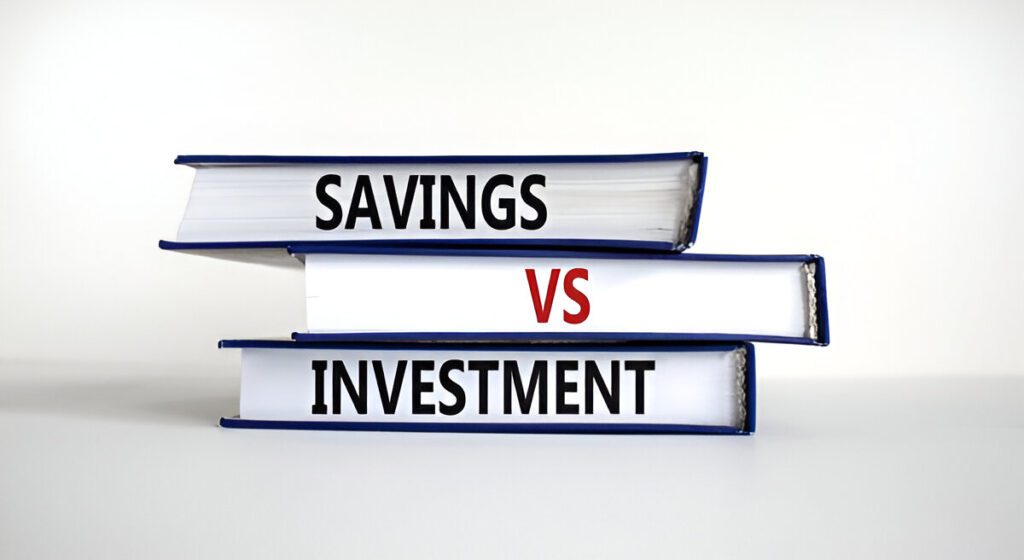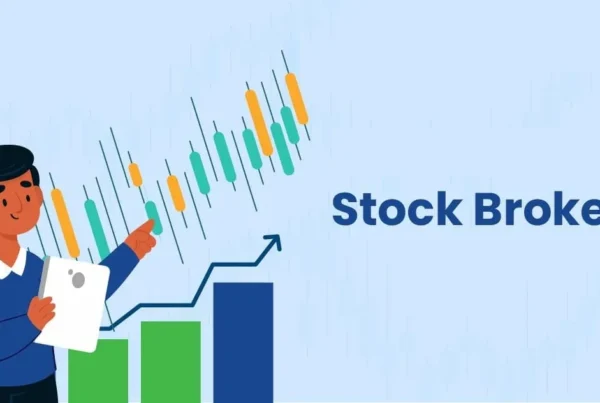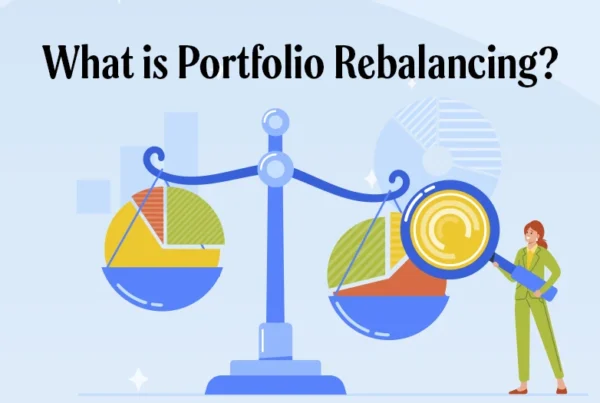
When it comes to saving vs investing, which option actually grows your money better in 2025? While savings accounts offer safety and liquidity, investment avenues like mutual funds, stocks, and ETFs have historically outperformed traditional saving methods in terms of returns. This fundamental difference can significantly influence your financial growth.
Although savings provide stability—with banks like SBI or HDFC offering up to 7% interest in fixed deposits or high-yield accounts—these rates often struggle to keep up with inflation. On the other hand, long-term equity investments in India have historically delivered average annual returns between 10–12%, offering a better hedge against rising costs.
Before deciding between saving and investing, it’s important to first build an emergency fund that covers at least 3–6 months’ worth of expenses, preferably kept in a safe and liquid account such as a savings account, FD, or liquid mutual fund.
This article breaks down the key differences between saving and investing, helping you choose the right path for your financial goals in 2025.
Saving vs Investing: Key Differences Explained
Although people often use the terms interchangeably, saving and investing serve different purposes and follow different principles.
The main difference lies in risk. Savings are generally low-risk, especially when parked in government-insured banks regulated by the Reserve Bank of India (RBI). Products like Public Provident Fund (PPF), National Savings Certificate (NSC), and bank fixed deposits offer safety of capital.
Investing, on the other hand, carries varying levels of risk. Whether it’s stocks, mutual funds, or ETFs, there’s always the possibility of loss, but also higher potential for growth.
Here’s a breakdown of key factors:
Returns: Savings accounts and FDs typically offer 3–7% annual interest. In contrast, well-diversified mutual funds and equity investments can deliver 10–12% returns over the long term.
Time Horizon: Savings work best for short-term goals (up to 3 years). Investing suits long-term goals (5 years or more) like buying a house, retirement, or child’s education.
Liquidity:
Savings: Easily accessible.
Investments: May take time to liquidate, especially if markets are volatile or if investments are locked (e.g., ELSS with a 3-year lock-in).
Purpose:
Saving: Emergency fund, travel, short-term purchases.
Investing: Retirement, wealth creation, long-term financial goals.
Understanding these factors can help you build a balanced financial strategy that suits your needs.
Pros and Cons of Each Strategy
Benefits of Saving:
Capital Safety: Your principal is protected in regulated savings accounts and FDs.
Liquidity: Quick access to funds for emergencies.
Simplicity: No special knowledge or monitoring required.
Peace of Mind: No fear of market volatility.
Drawbacks of Saving:
Low Returns: Often unable to beat inflation.
Opportunity Cost: Funds could earn more if invested smartly.
For example, if inflation averages 6%, and your bank FD returns 5.5%, you’re actually losing purchasing power over time.
Benefits of Investing:
Higher Returns: Equity mutual funds and direct stock investments historically outperform savings options over the long term.
Compounding Power: Reinvestment of profits leads to exponential growth.
Tax Benefits: Investments in ELSS, PPF, and NPS offer deductions under Section 80C of the Income Tax Act.
Drawbacks of Investing:
Market Risk: Returns are not guaranteed.
Requires Knowledge: Choosing the right scheme, fund manager, or stock needs some research or professional help.
Volatility: Investments may fluctuate in the short term, testing your patience and discipline.
When to Save and When to Invest in 2025

The ideal mix of saving and investing depends on your financial goals and timelines.
Save when:
You’re building your emergency fund (3–6 months of living expenses).
You have short-term goals (within 1–3 years), like a vacation, wedding, or car purchase.
You want zero-risk capital preservation.
In India, you can use high-interest savings accounts, fixed deposits, or liquid mutual funds for short-term saving needs.
Invest when:
Your goals are long-term, such as retirement, child’s education, or wealth creation.
You have a higher risk appetite and can tolerate market fluctuations.
You want to beat inflation and grow your purchasing power.
If you’re carrying high-interest debt (like credit card dues with interest over 24%), pay that off first before investing.
For retirement, focus on Public Provident Fund (PPF), National Pension System (NPS), mutual fund SIPs, or Index Funds. Many investors now prefer Systematic Investment Plans (SIPs) in equity mutual funds, which allow for disciplined, regular investing with long-term benefits.
Final Thoughts: Building Wealth in India in 2025
Saving and investing are not rivals—they’re partners in your financial journey. Both serve essential roles in a balanced wealth-building strategy.
Start by securing your emergency fund in safe and accessible accounts.
Then, steadily move toward investment avenues based on your risk tolerance, time horizon, and goals.
The power of compounding in investing cannot be overstated. For instance, ₹1,00,000 invested at 10% annually will grow to approximately ₹6,72,750 in 20 years, while the same amount in a 5% savings account will grow only to about ₹2,65,330.
Remember, starting early matters more than how much you start with. Whether it’s through SIPs in mutual funds, investing in gold, or government schemes like PPF, consistency and discipline are key to growing wealth.
Before making any financial decisions, consider speaking with a SEBI-registered financial advisor, especially if you’re new to investing.




